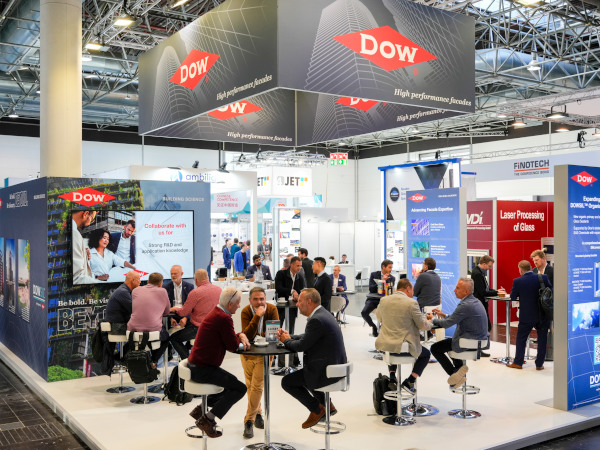Date: 11 November 2015
Information is so easy to get via the Internet. Consumers have become skeptical about product claims. Everybody with a computer can read a wealth of “information” or even pose as an “expert” and make it look like they know what they’re talking about. Often it’s hard to tell fact from fiction, so our natural skepticism comes out. Whether you’re a building owner, glazing system manufacturer or building products supplier, your clients’ expectations for information are on the increase.
In the commercial space, building occupants are asking for healthier, quieter workspaces. Renters are increasingly asking that these get specified in their rental agreements. These requests for health-related exposure information flow back to suppliers – what’s in your stuff? What’s in the carpet, flooring, ceiling, sealants? Many architects and specifiers that Technoform talks with feel they’re being bombarded with requests like these. They are struggling to understand the regulations and the compliance standards they’re expected to meet. Though there is no silver bullet to answer these good questions, here are a few key aspects to track in your thought process.
Federal Trade Commission (FTC) Guidelines
A few short years ago, it was easy to claim that many windows and glazing products were “green.” They saved energy compared to the ones that people were used to seeing in the past or those they had replaced. Their maintenance was lower, there was often more recycled content, and condensation was improved. But things change over time.
The FTC guidelines on green marketing revised what can and can’t say about the green attributes of your products. The FTC received complaints about green marketing claims and started to look more closely – both at the words and the graphics.
There are two dimensions of this evolution that should be on your radar:
1. The last revision to the Green Guides in October 2012 updated and clarified earlier versions to current market conditions. This is a dynamic process, which you can expect to see evolve. They are also kept deliberately general, which you can see in the exact language of Green Guides. A prudent company policy will err on the side of caution regarding claims that might conflict with these guidelines.
2. One green seal is not as good as the next. On Sept. 15, 2015, the FTC notified five providers of environmental certification seals and 32 businesses using these seals that the agency was concerned these seals may be deceptive. They never publically named the companies or the seals involved, but they got a lot of folks’ attention. The FTC’s position is that environmental seals must communicate a clear basis to the claims and how the environmental attributes are substantiated.
Certification and rating systems must stand up to scrutiny over time to have validity in the market. A good example is the AAMA Gold Label. It has stood the test of time for over 50 years, and carries great value in the marketplace concerned, quite rightly, with performance.
Green markets of the future – what’s changing?
The green markets of the future will be shaped by quantified data based on good, verified science; not marketing claims by product manufacturers. These standards are evolving and shaking out, and are very dynamic right now. Health-impact reporting in particular is evolving and all of the many approaches are a bit different from each other.
Quantified reporting requires data collection of life cycle assessment (LCA). Following the data collection, the marketing communication aspect takes place in environmental product declarations (EPDs). You can see this activity on the rise in the building industry across many building materials, from flooring to ceilings to cladding. One example is that at Greenbuild this year, you’ll see a significant expansion of residential building products presence in the Residential Pavilion.
Green marketing in the past included manufacturers that focused on single attributes of their products. Recyclability was formerly seen as an end in of itself where now it is a subset of holistic performance. Multi-attribute transparency and performance reporting is now your ticket to the party. For example, energy efficiency used to be seen as the Super Bowl of product performance. Today, while it’s still one of the highest rated, and defining, factors of green products, it’s no longer the sole determinant of a product’s “greenness.” Other aspects of building performance that glass and glazing affect include daylighting, condensation, occupant comfort, glare and light levels. Energy efficiency is a subset of these, and other aspects of sustainability, not an end in and of itself.
These expanded understandings of holistic product performance will expand the marketability of high-performance glazing systems, which play such an essential role in the healthy, energy-efficient, low-impact buildings of today and tomorrow. Expanded use of products and technologies that facilitate holistic performance will lead to understanding and constructing more, better, long-lasting buildings.









Add new comment